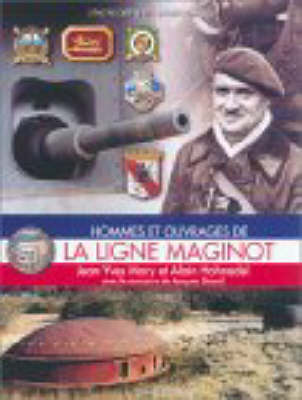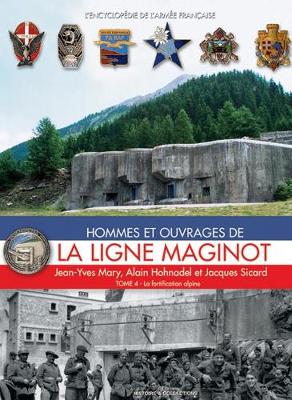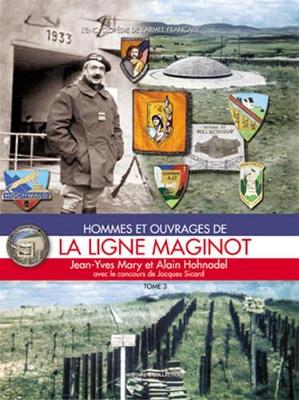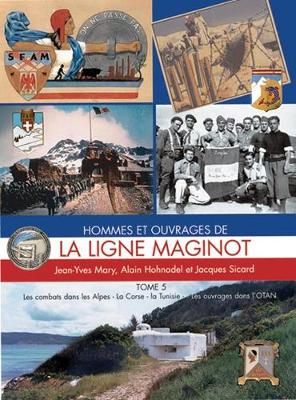L'Encyclopedie de L'Armee Francaise
4 total works
Tome 1 (Volume 1) of this remarkable work covered the fortifications of Northeast France and the special Fortress Infantry regiments that were raised to man them. This volume covers specialized fortifications within the Maginot system, including blockhouses, turrets, artillery, and underground railways.
In addition to infantry, special Fortress units of artillery, engineers, and signals were also raised, and these units, their uniforms, insignia, colors, and bands are all covered in full color.
In addition to infantry, special Fortress units of artillery, engineers, and signals were also raised, and these units, their uniforms, insignia, colors, and bands are all covered in full color.
Ligne Maginot, Tome 4
by Jacques Sicard, Jean-Yves Mary, and Alain Hohnadel
Published 19 November 2009
In the first part of this eagerly-awaited fourth volume, the authors in great detail study the fortifications built to face the Italian threat over the Alps. No stone is left unturned: development of the fortified south-eastern line, building the loftier fortifications, technical means and specific armament. The second part of Volume 4 exhaustively reviews the infantry and specific artillery which continuously from 1935 to 1940, held the south-eastern barrier.
The importance of the subject has led the publishers and the authors to bring out Volume 5- coming shortly - for the saga to be complete without holding back on any information.
The importance of the subject has led the publishers and the authors to bring out Volume 5- coming shortly - for the saga to be complete without holding back on any information.
Volume 3 of Histoire & Collections incredibly detailed study of the men and equipment of the Maginot Line.
As in previous volumes in the series, there is a spectacular selection of images from the period, minutely detailed uniform studies by Francois Vauvillier and color throughout.
These books, though in French, set the standard for excellence in presenting this kind of information.
As in previous volumes in the series, there is a spectacular selection of images from the period, minutely detailed uniform studies by Francois Vauvillier and color throughout.
These books, though in French, set the standard for excellence in presenting this kind of information.
Ligne Maginot, Tome 5
by Jacques Sicard, Jean-Yves Mary, and Alain Hohnadel
Published 19 January 2010
In the first part of this fifth volume, the authors give the complete order of battle for the fortified sectors of the Alpes (Rhone, Savoie, Dauphine and Alpes-Maritimes with the plans of all the fortifications) as at 10 June 1940. There follows an account of the fighting which saw the failure of the Italian offensive and the victory of the Army of the Alps in 1940, followed by the final part of the study of the troops, with the South-Eastern fortress engineers, the train and the services. The Mediterranean is then studied presenting two less familiar subjects: the fortifications built in Corsica and in Tunisia (the Mareth Line) with their respective troops.
Finally, returning to the Continent with the use the Germans made of the North-Eastern Maginot Line and the fate of the fortifications (North-East and South-East) during the fight for French Liberation in 1944-45.
The last chapter deals with how the fortifications were used within the NATO context and concludes this great saga about the most important line of fortifications built by France in the course of her history.
Finally, returning to the Continent with the use the Germans made of the North-Eastern Maginot Line and the fate of the fortifications (North-East and South-East) during the fight for French Liberation in 1944-45.
The last chapter deals with how the fortifications were used within the NATO context and concludes this great saga about the most important line of fortifications built by France in the course of her history.



